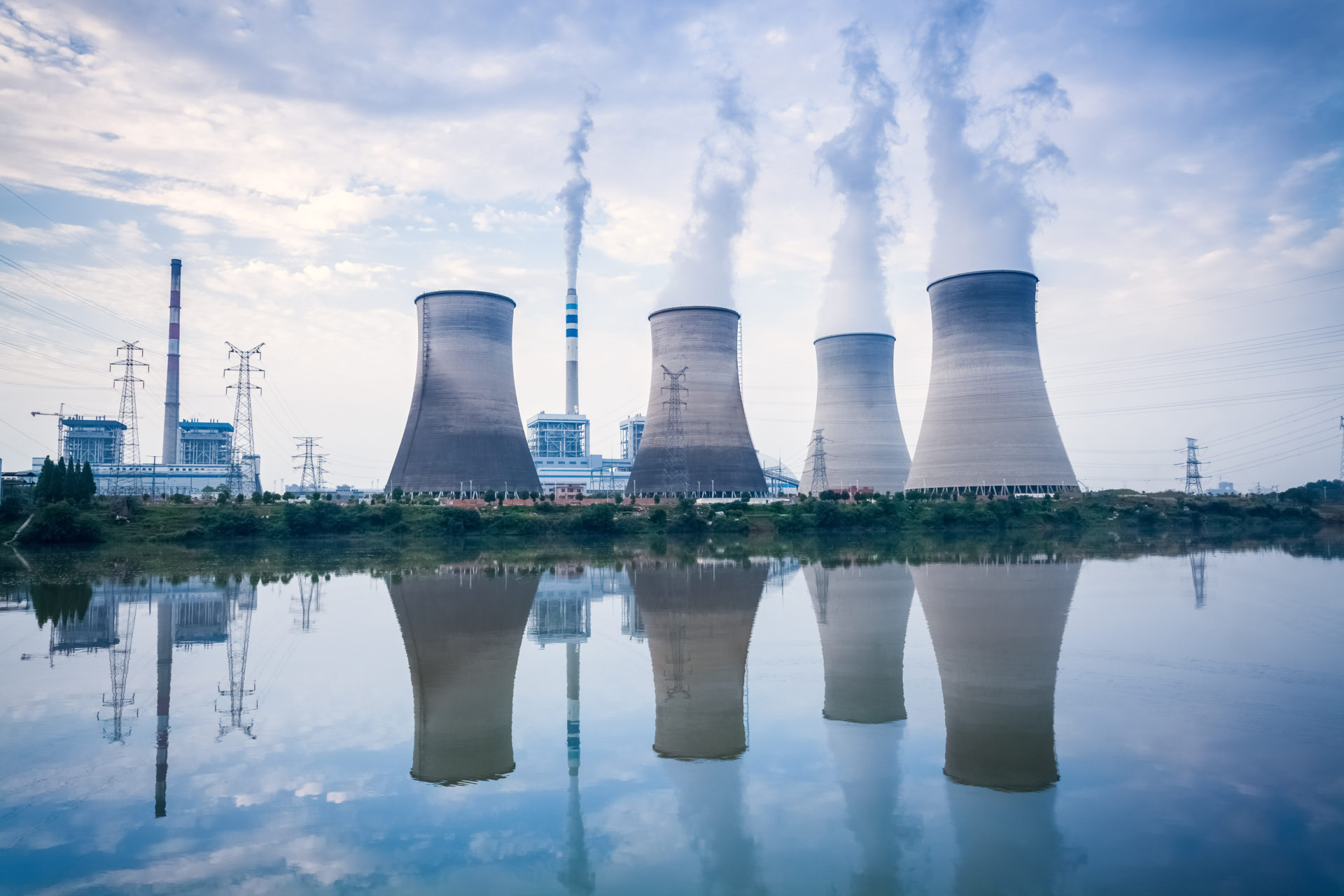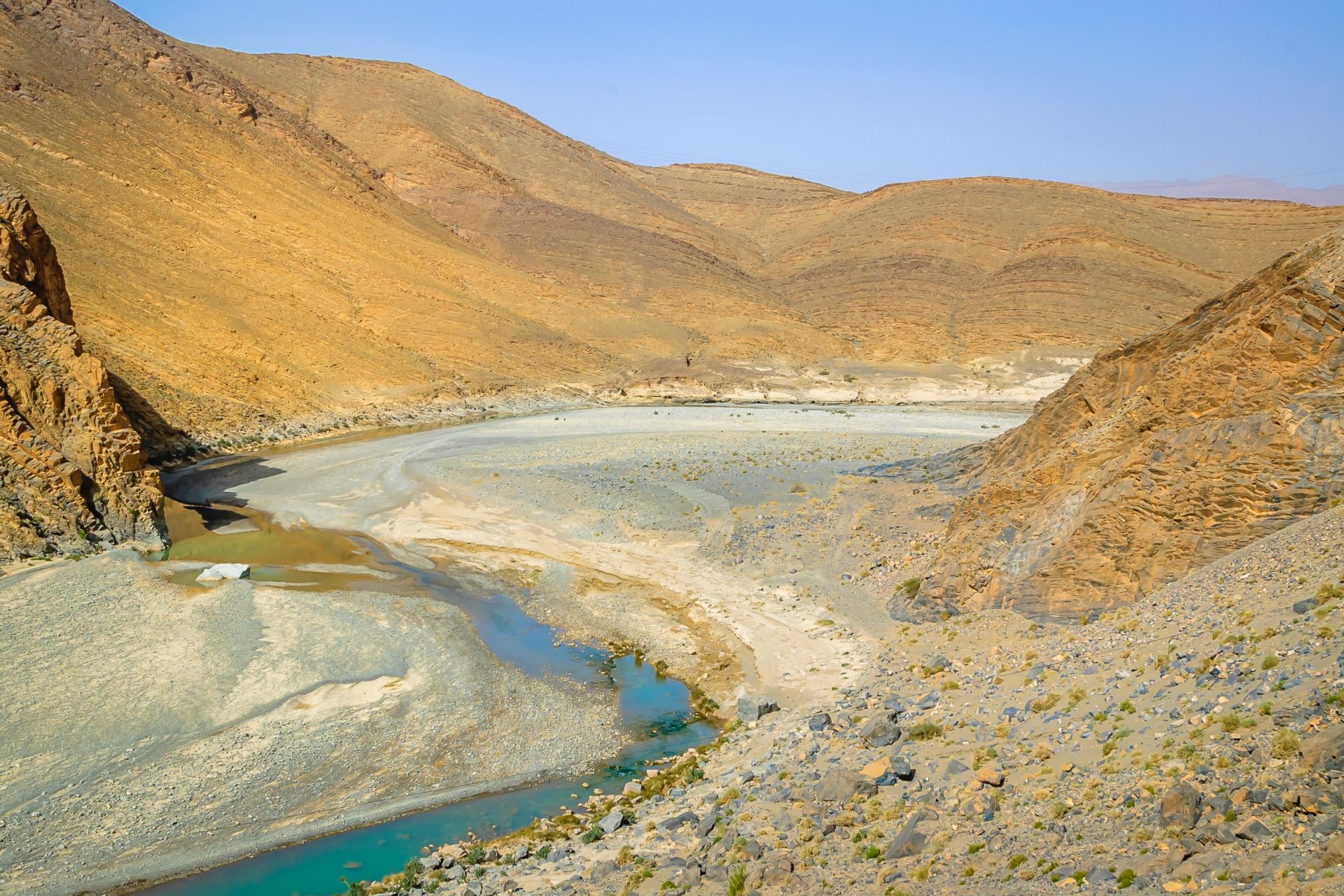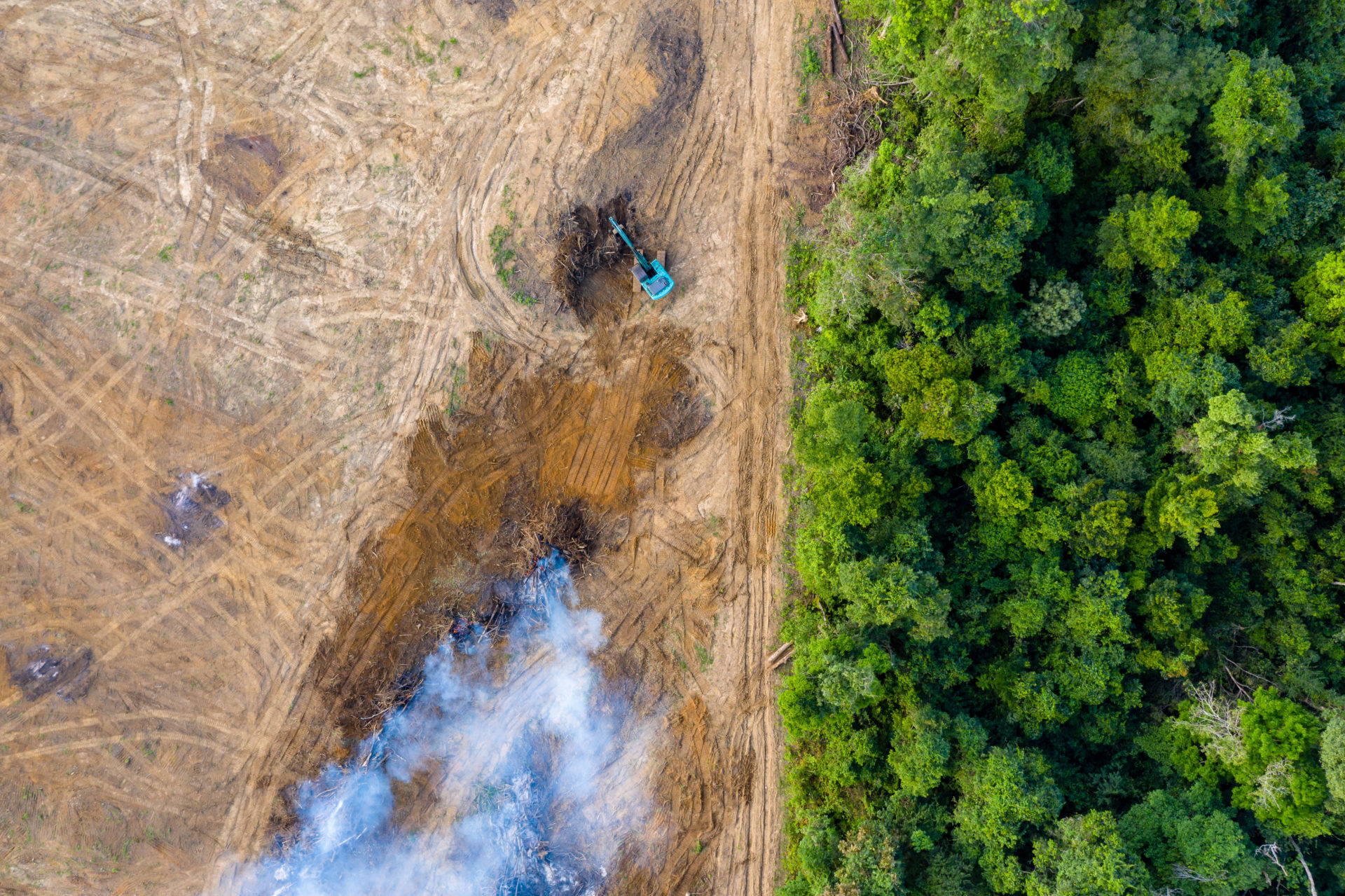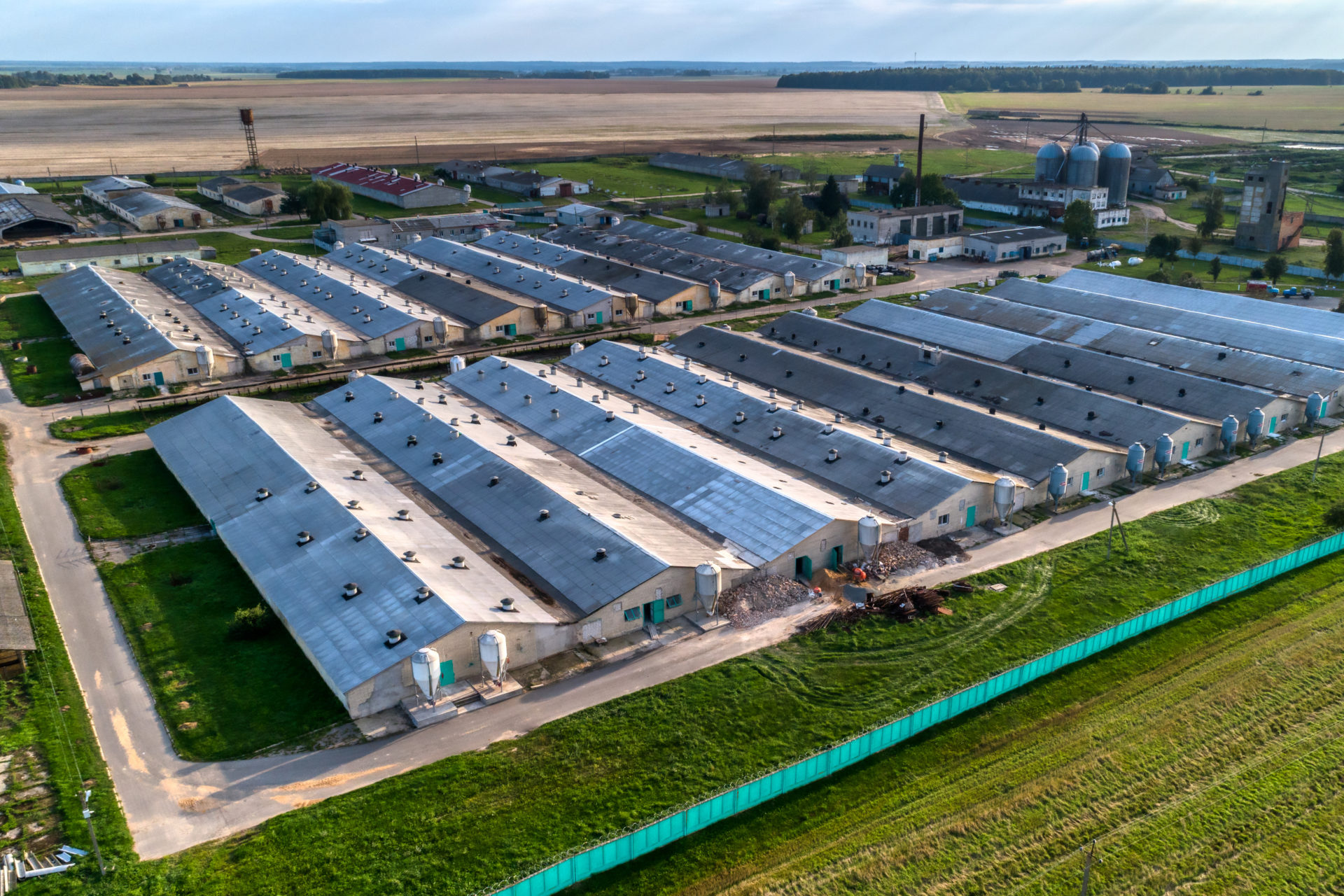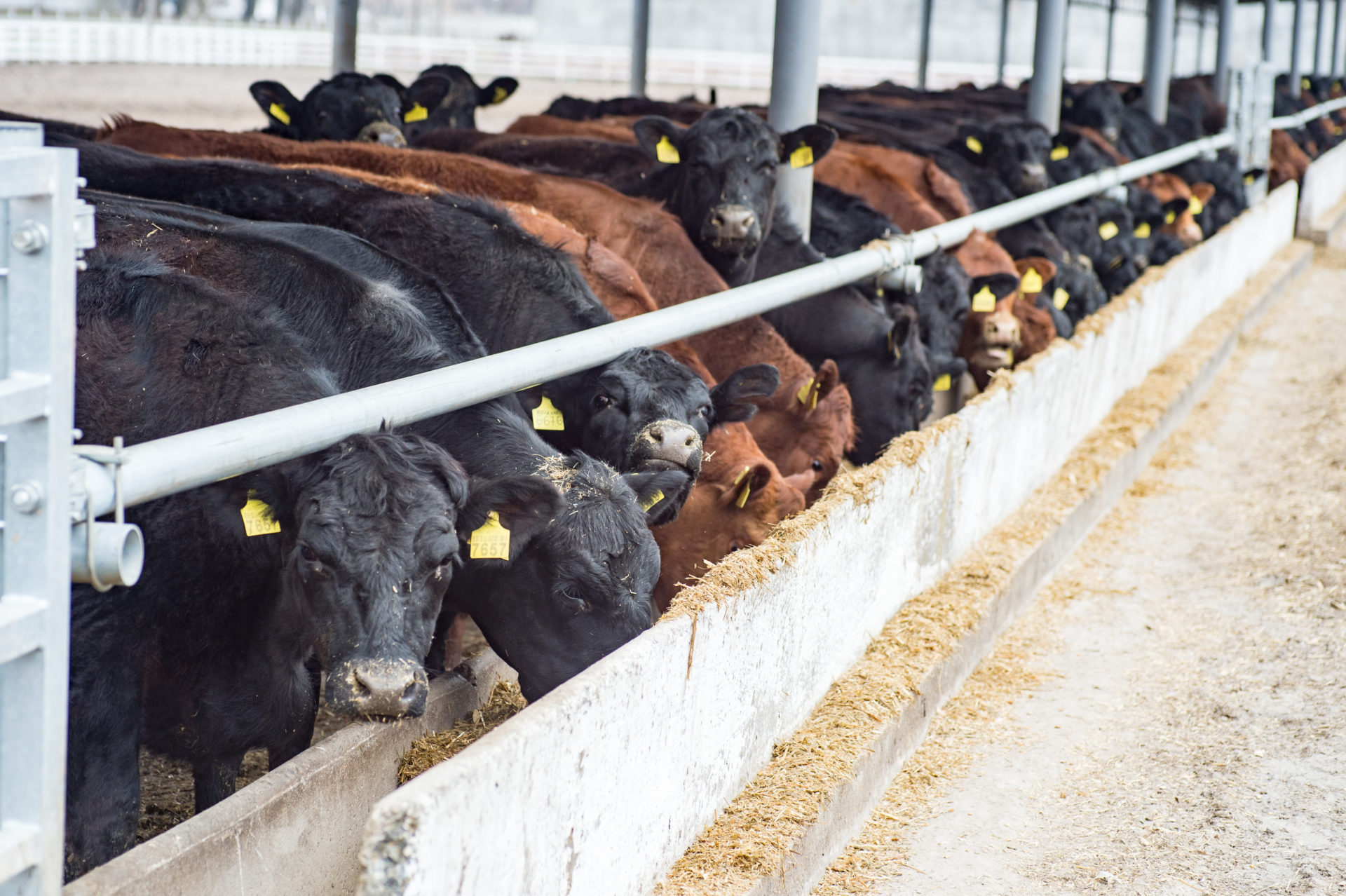The cow in the room: Livestock farming
Livestock farming is responsible for more than half of global greenhouse gas emissions from food, and is a leading cause of deforestation, biodiversity loss, freshwater extraction, and water pollution. As the world’s population continues to grow and people become wealthier, so too will the demand for resource-intensive foods like meat and dairy.
The demand for ruminant meat (beef, lamb, and goat) is projected to increase by 88% between 2010 and 2050. This trend is not compatible with cutting agricultural greenhouse gas emissions and ending the conversion of remaining forests to farmland.
Producing beef, the most common of the ruminant meats, requires more than 20 times more land and creates more than 20 times more greenhouse gases per gram of edible protein compared to plant proteins like beans or lentils.


